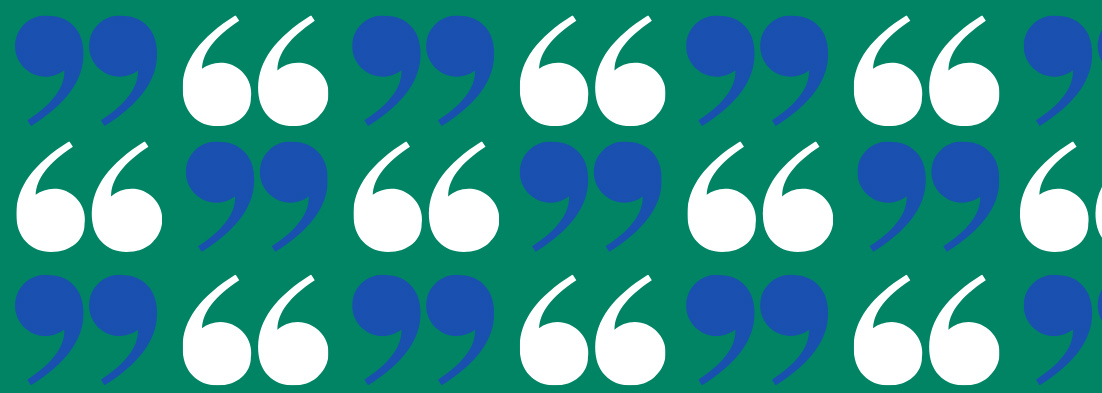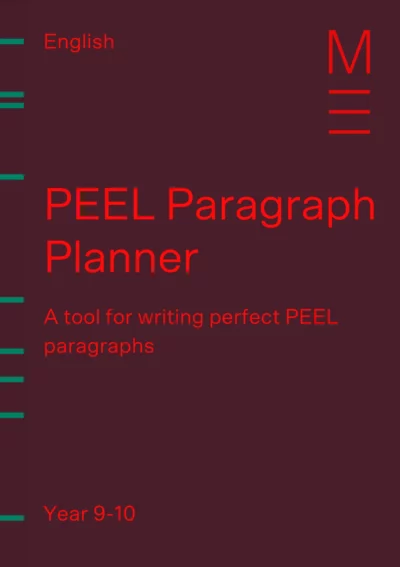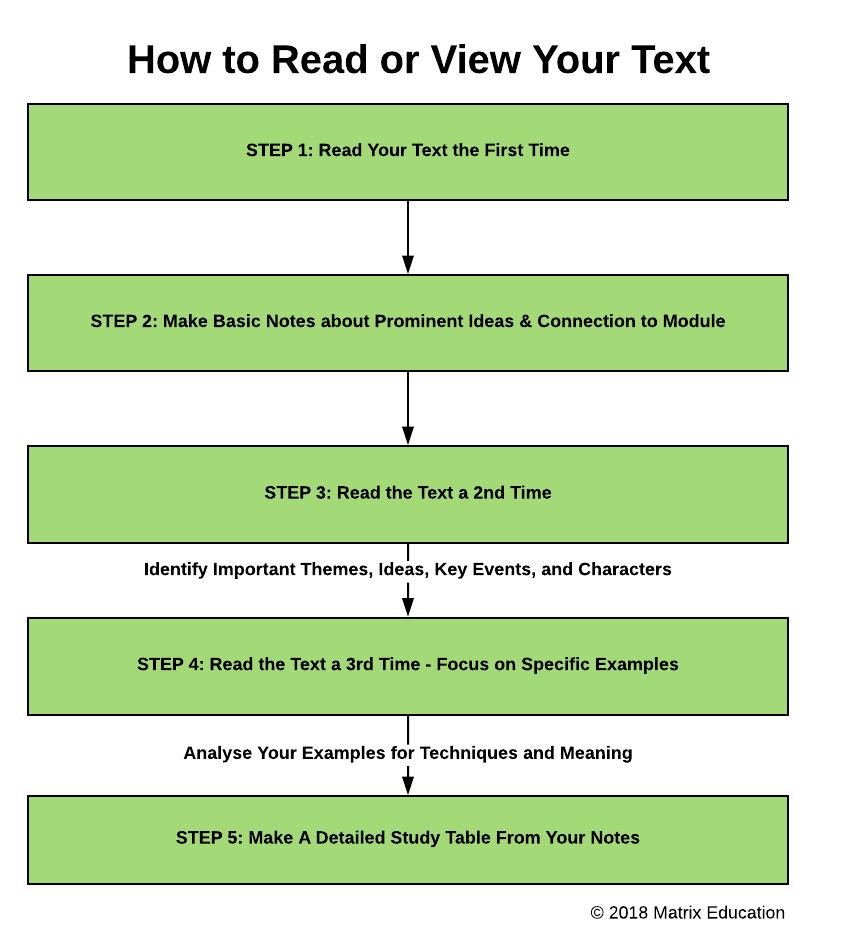Welcome to Matrix Education
To ensure we are showing you the most relevant content, please select your location below.
Select a year to see courses
Learn online or on-campus during the term or school holidays
Learn online or on-campus during the term or school holidays
Learn online or on-campus during the term or school holidays
Learn online or on-campus during the term or school holidays
Learn online or on-campus during the term or school holidays
Learn online or on-campus during the term or school holidays
Learn online or on-campus during the term or school holidays
Learn online or on-campus during the term or school holidays
Learn online or on-campus during the term or school holidays
Learn online or on-campus during the term or school holidays
Select a year to see available courses
Science guides to help you get ahead
Science guides to help you get ahead
Do you struggle incorporating examples or quotations into your writing? In this article, we share the dos and don'ts that Matrix students learn so they can impress their teachers at school.

Join 75,893 students who already have a head start.
"*" indicates required fields
Related courses

Join 8000+ students each term who already have a head start on their school academic journey.
Quotations and examples are an integral part of paragraphs and essays. But, do you still find yourself confused about how to use quotations or examples in your paragraphs or even identify them in the first place?
Don’t worry! In this article, we will provide a checklist to make sure that you KNOW how to use quotations and examples effectively in your essay.

Learn to write detailed and insightful paragraphs and score better marks!

Fill out your details below to get this resource emailed to you.
"*" indicates required fields
An example is evidence from the text that supports your argument. Evidence includes quotations, images, statistics etc.
It is important that you identify the technique and explain its effect, but you still need to provide the actual example to solidify your argument.
For example:
1. The autumnal setting in Frost’s poem symbolises a time of change because autumn usually represents transition.
2. The autumnal setting represented as “Two roads diverged in a yellow wood” symbolises a time of change as autumn usually represents a transition.
A quotation (also known as quote) is a particular type of example that is used in essays.
They are sentence(s), phrase(s), or word(s) that cited from a text by someone who isn’t the original author.
This is not plagiarism because the cited text usually sits between quotation marks (” “) and, thus, credit is given to the author/text.
Your readers gain a better understanding of your analysis when you use an example/quotation. Correctly presenting your example or quotation provides a clearer image of your argument by giving your reader the context of the example and its technique.
However, it is important not to confuse examples with evidence.
Evidence is ANY information that you can find in texts to support your argument. This includes techniques, EXAMPLES and QUOTATIONS.
Think of it this way:
Evidence → examples → quotations → techniques
There are many different ways that you can quote in your essay.
Each method serves a different purpose and it is up to you to decide which one works best for that example.
Let’s have a look at these different methods.

This is when you use quotation marks (” “) to repeat the author’s words and connect it with an introductory/explanatory phrase.
There are many different ways you can do this.
1. Using a quote with an introductory/explanatory phrase
An introductory phrase introduces the technique and/or context of the quote before the actual quotation, whereas an explanatory phrase explains the meaning of the quotation/technique.
Let’s look at some examples:
Example 1:
Frost represents a time of change through the symbolic autumnal setting in “Two roads diverged in a yellow wood”.
Example 2:
In the opening of the poem, “Two roads diverged in a yellow wood”, the autumnal setting is symbolic of the time for change since autumn is usually associated with transition.
Example 3:
The autumnal setting created in “Two roads diverged in a yellow wood”, symbolises a time of change as autumn usually represents a transition.
2. Explaining the meaning and then using a colon to introduce the quote
Let’s look at an example:
Example 1:
Frost represents a time of change through the symbolic autumnal setting in the opening of the poem: “Two roads diverged in a yellow wood”.
3. Using 2 separate sentences
Here, we have an introductory/explanatory sentence and an introductory/explanatory phrase with the quotation:
Example 1:
Frost highlights the need for change by creating an autumnal setting in the opening, as autumn is often associated with transitions. This is illustrated through the symbolic yellow woods in “Two roads diverged in a yellow wood”.
Example 2:
Frost uses symbolism to emphasise the need for change in “Two roads diverged in a yellow wood”. Here, the yellow woods create an autumnal setting which is representative of a transitional stage.
Example 3:
The need for change is highlighted in the opening of the poem, “Two roads diverged in a yellow wood”. Here, the yellow woods are symbolic of autumn’s transitional nature.
This is when you integrate your quotations in your analysis. Doing this will increase readability. Here are some examples:
Example 1:
The autumnal setting of the “yellow woods” is symbolic of the need for change as autumn is often linked with transition.
Example 2:
The audience realises that the persona is anxious about the future changes as he attempts to look “down one as far as [he] could” in an attempt to predict it.
When you want to quote long sentences or more one sentence, you can use ellipses (…) to shorten it. This ensures that you only quote the relevant part that helps you build your argument.
Example 1:
Frost highlights that humans are innately anxious of changes through the symbolic use of the yellow woods and the persona’s anxiety in “Two roads diverged in a yellow wood… And [I] looked down one as far as I could”
In very rare cases, you can also use ellipses in front of a quotation. or after it, to indicate that there is a continuation beyond what is presented.
Indirect quotations involve presenting the quotation and paraphrasing or sumarising (part of) the text. Let’s see what that involves.
Example 1:
Frost describes the persona as standing by the crossroads and looking down the streets to highlight human’s innate anxiety towards changes.
Having relevant and strong examples in your essay is very important. It ensures that your essay is concise, sustained and answers the question.
But…
Too often, students use quotes to make their responses sound more sophisticated or to increase the word count.
However, if the quote or example doesn’t add relevant insight to your argument, it will show the marker that you are not certain about the arguments you are raising.
This will COST YOU MARKS!
This is why you need to make sure that you know how to choose the best examples for your essay.
To do this, we need to first know how to effectively read or view your text. Let’s quickly recap that process.

Now that you know how to effectively read/view your text, let’s go through some dos and don’ts to find relevant and strong examples…
Now that you know how to find relevant and strong quotes, we need to learn how to integrate them into our essays effectively.
Firstly, you need to figure out what your argument will be. They will usually be summarised in your topic sentences.
Remember that you always need to choose quotes and examples that support and extend your argument.
As we discussed earlier, there are many different ways you can quote your text. Click here to see them.
Ultimately, you have to decide which method works best for your purpose.
Now you that you know the dos and don’ts to use quotations and examples, it is your turn to put it into practice!
Be one step ahead of your peers with advanced completion of contents before it’s taught at school. Book your free Matrix Lesson today and learn more about our Year 9 English Term Course.
Want to start acing English?
Expert teachers. Comprehensive resources. Proven results. Boost your English marks with our On Campus Course and see the difference.
Written by Matrix English Team
The Matrix English Team are tutors and teachers with a passion for English and writing, and a dedication to seeing Matrix Students achieving their academic goals.© Matrix Education and www.matrix.edu.au, 2025. Unauthorised use and/or duplication of this material without express and written permission from this site’s author and/or owner is strictly prohibited. Excerpts and links may be used, provided that full and clear credit is given to Matrix Education and www.matrix.edu.au with appropriate and specific direction to the original content.